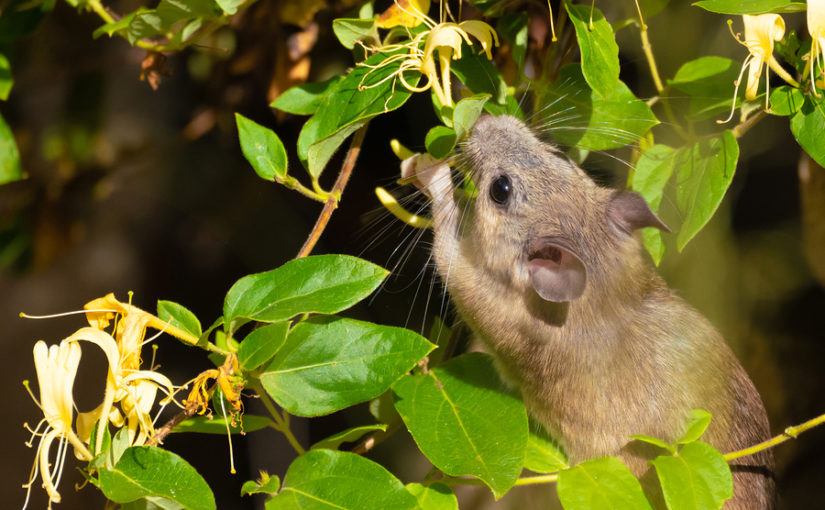| Disease | Typical Hosts | Transmission | Host Mortality |
|---|---|---|---|
| Viral Diseases: | |||
| Contagious ecthyma | bighorn sheep, mountain goats | direct contact | Low |
| Blue tongue | elk, deer, pronghorn, bighorn sheep | gnats | May be high |
| Canine distemper | canids, mustelids, raccoons | direct contact | May be high |
| Parvoviruses | most canids, felids | Low | |
| Rabies | all mammals especially carnivores, bats | bites, rarely aerosol | High |
| Hantavirus | rodents | bites, contact with rodent waste products | High |
| Bacterial Diseases: | |||
| brucellosis | elk, moose, bison, cattle | Ingest contaminated vegetation | Low |
| Tularemia | lagomorphs, rodents | ticks, blood to blood contact, eating infected meat | High |
| Plague | rodents | fleas | High |
| Pasteurellosis | most ruminants | droplet infection, ingestion, close contact with animals | High |
** Zoonotic diseases that are transferable from wild mammals to humans.
Rabies: “Rabies is a preventable viral disease of mammals most often transmitted through the bite of a rabid animal. The vast majority of rabies cases reported to the Centers for Disease Control and Prevention (CDC) each year occur in wild animals like raccoons, skunks, bats, and foxes.” – Colorado Center for Disease Control
Histoplasmosis: “Histoplasmosis is a disease caused by the fungus Histoplasma capsulatum. The fungus lives in the environment, usually in association with large amounts of bird or bat droppings. Lung infection can occur after a person inhales airborne, microscopic, fungal spores from the environment; however, many people who inhale the spores do not get sick. The symptoms of histoplasmosis are similar to pneumonia, and the infection can sometimes become serious if it is not treated, especially if the infection spreads from the lungs to other organs.” –Colorado Center for Disease Control
Hantavirus: Hantavirus is transmitted via the in inhalation of aerosols of urine and feces of infected rodents or contact with saliva via bites. Most cases are associated with concentration of urine and feces in close environments, such as basements, attics, cabin, or an area where deer mice have made a nest. Deer mice seem to be the primary reservoir, but other rodents have been documented to carry it as well. (chipmunks, variety of mice, rats).
Tularemia: Tularemia is a disease of caused by the bacterium Francisella tularensis. Rabbits, hares, and rodents are especially susceptible and often die in large numbers during outbreaks. Humans can become infected through:
- Tick and deer fly bites
- contact with infected animals
- drinking of contaminated water
- Inhalation of contaminated dusts or aerosols
Plague: Is an infectious disease of animals and humans caused by a bacterium named Yersinia pestis. People usually get plague from being bitten by a rodent flea that is carrying the plague bacterium or by handling an infected animal. Millions of people in Europe died from plague in the Middle Ages, when homes and places of work were inhabited by flea-infested rats.
In the United States, the last urban plague epidemic occurred in Los Angeles in 1924-25. Since then, human plague in the United States has occurred as mostly scattered cases in rural areas (an average of 10 to 15 persons each year). Globally, the World Health Organization reports 1,000 to 3,000 cases of plague every year.

